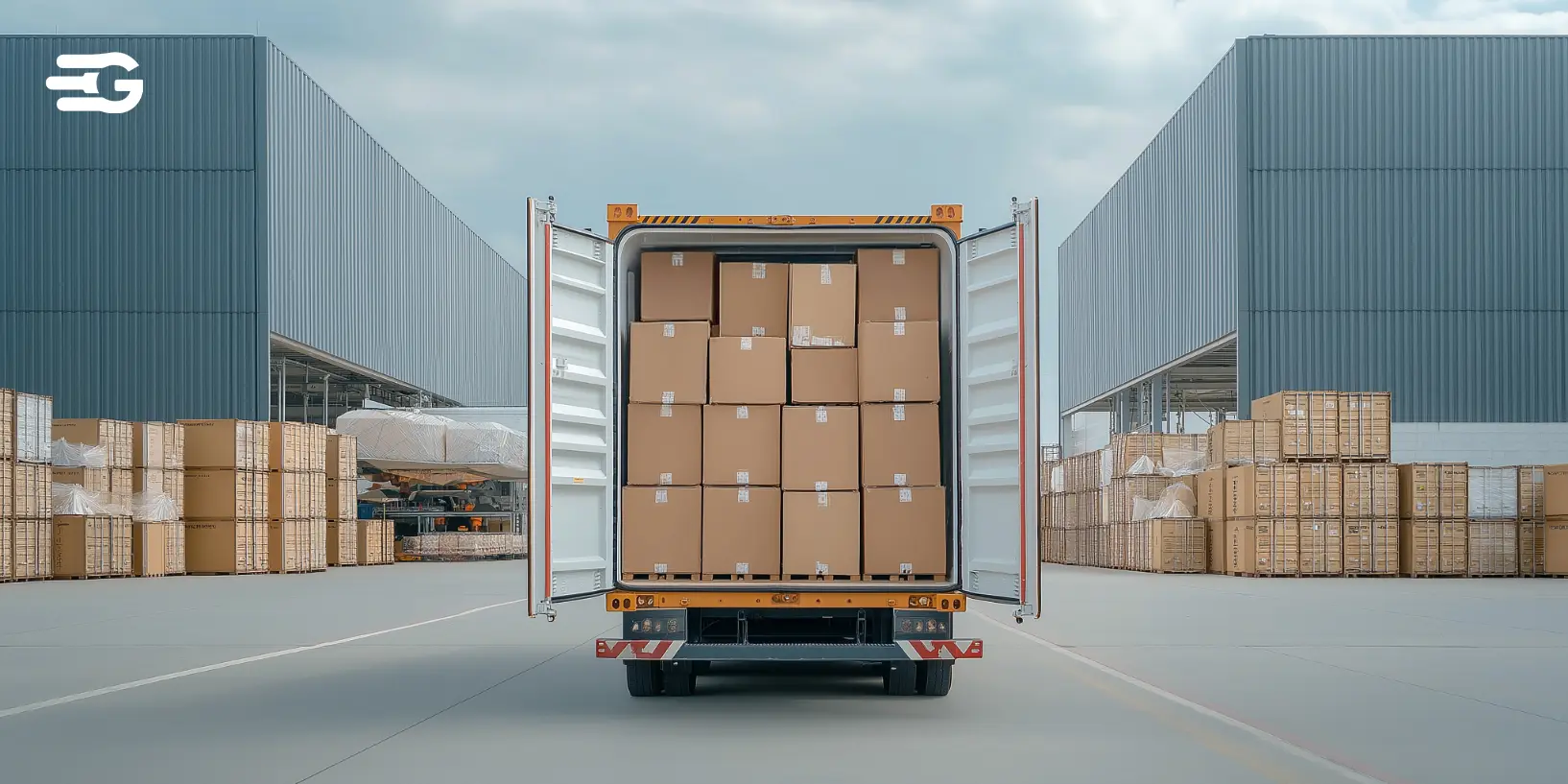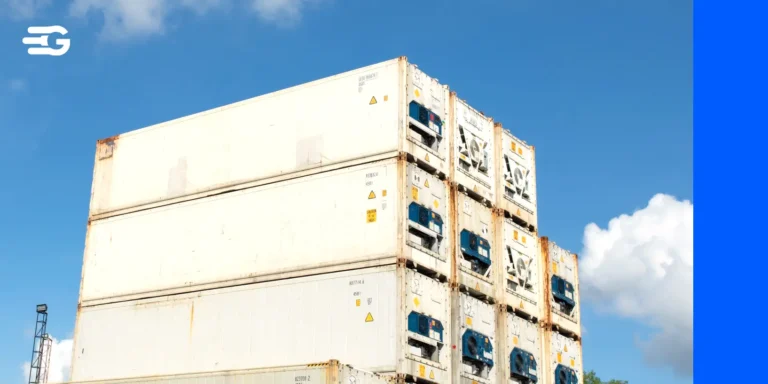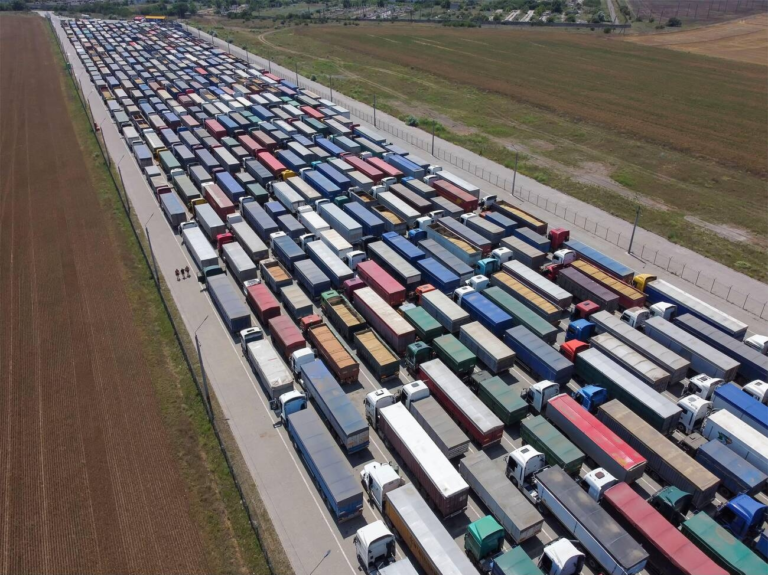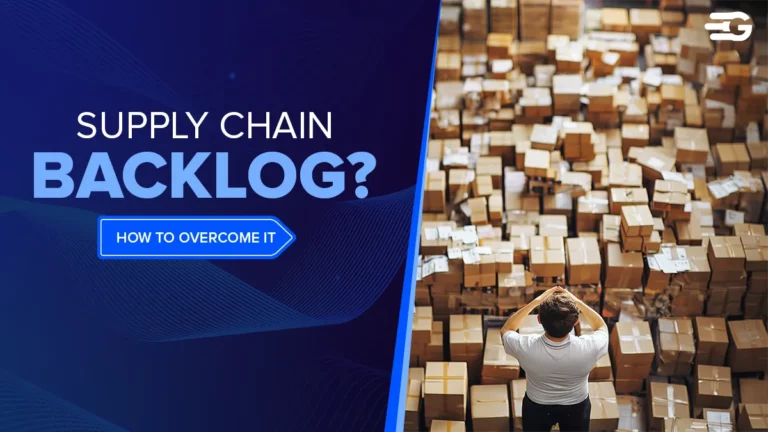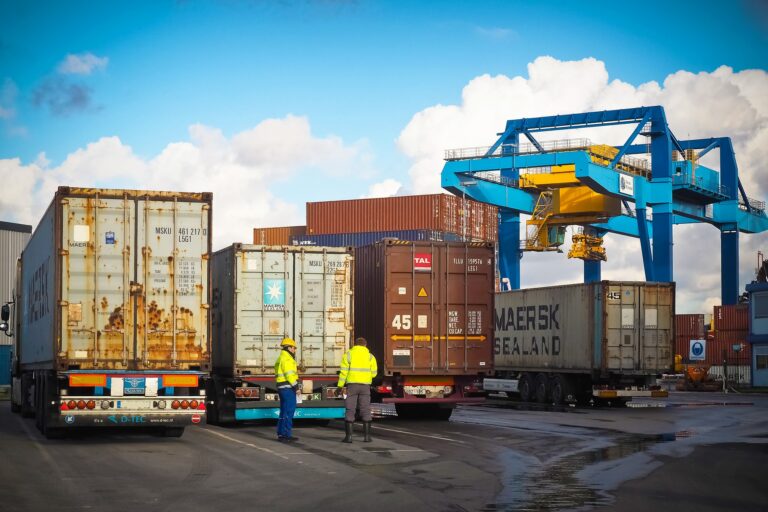What is FCL? The Complete Guide to Full Container Load Shipping
FCL (Full Container Load) refers to a shipping method where an entire shipping container is used exclusively for one customer’s goods, regardless of whether the container is completely filled. This stands in contrast to LCL (Less than Container Load) shipping, where multiple shippers share space in a single container.
Understanding FCL (Full Container Load)
FCL, or Full Container Load, is a crucial concept in international shipping and logistics. It refers to the practice of using an entire shipping container for a single shipment, rather than sharing space with other shippers. This approach is particularly beneficial for businesses dealing with large volumes of goods, as it minimizes handling risks, improves security, and often results in cost savings.
FCL vs. LCL: Key Differences
LCL (Less than Container Load) is another common shipping method where multiple shippers share space in a single container. The main differences between FCL and LCL are:
- Cost: FCL is often more cost-effective for large shipments, whereas LCL is better for smaller loads.
- Handling & Security: Since FCL containers are sealed and handled as a single unit, the risk of damage and theft is lower compared to LCL shipments.
- Transit Time: FCL shipments are faster since they don’t require consolidation and deconsolidation like LCL shipments.
Also Read: FCL vs LCL: Which Shipping Option is Best for Your Business?
Why Choose FCL for Your Shipping Needs?
Choosing FCL over LCL depends on several factors, including shipment size, cost considerations, and security concerns. Businesses that frequently transport large quantities of goods often prefer FCL due to its cost efficiency, faster shipping times, and reduced handling risks.
Cost Efficiency and Savings
For businesses shipping large volumes, FCL offers better value compared to LCL. The price per unit (per cubic meter or kilogram) decreases with FCL since you are paying for the entire container, regardless of how much space you use. This can lead to significant cost savings for companies shipping in bulk.
Reduced Risk and Enhanced Security
Since an FCL shipment is not shared with other consignments, there is minimal handling, reducing the chances of loss or damage. The container is sealed at the point of origin and remains closed until it reaches its final destination, enhancing security.
Faster Shipping Times
FCL shipments do not require consolidation or deconsolidation, making them faster than LCL shipments. If time sensitivity is crucial for your business, FCL ensures quicker transit and delivery.
How Much Does FCL Shipping Cost?
FCL shipping costs can vary based on multiple factors such as container type, route, and additional fees. Understanding these cost components helps businesses plan their logistics budgets effectively.
Key Factors Affecting FCL Pricing
Several elements influence the cost of shipping a full container:
Container Size and Type
The price varies depending on the container type and size. Common FCL container sizes include:
- 20-foot container (TEU – Twenty-foot Equivalent Unit)
- 40-foot container (FEU – Forty-foot Equivalent Unit)
- 40-foot high cube container (for extra capacity)
Specialized containers, like reefer (refrigerated) containers or open-top containers, may cost more due to additional handling requirements.
Route and Distance
Longer shipping routes generally increase costs. Shipping from major ports with established trade routes tends to be more affordable compared to less frequented destinations.
Seasonal Variations
Freight rates fluctuate based on seasonal demand. Peak shipping seasons, such as the months before major holidays, often result in higher rates due to increased demand.
Additional Costs to Consider
Beyond the base freight rate, FCL shipments may incur additional fees, such as:
Port Charges and Terminal Handling Fees
These are fees imposed by the port authorities for handling and processing the shipment.
Demurrage and Detention Fees
- Demurrage: Charged when a container remains at the port longer than the allowed free time.
- Detention: Applied if the container is not returned within the agreed timeframe after unloading.
Also Read: Detention Charges Explained: Meaning and How to Avoid?
Step-by-Step FCL Shipping Process
FCL shipping involves multiple steps, from booking a shipment to its final delivery. Understanding the process helps businesses optimize logistics and avoid potential delays.
Booking Your FCL Shipment
- Select a Freight Forwarder or Carrier: Choose a provider based on cost, service quality, and reliability.
- Confirm Shipping Requirements: Decide on the container size, type, and additional services (like customs clearance).
- Obtain a Freight Quote: Get pricing based on the route, container type, and additional fees.
Essential Shipping Documents
Proper documentation ensures a smooth shipping process. The key documents include:
Bill of Lading
A Bill of Lading (BOL) is a legal document that acts as a receipt and contract between the shipper and the carrier. It includes:
- Shipment details
- Destination and consignee information
- Terms of carriage
Customs Documentation
Depending on the country of import/export, necessary customs documents may include:
- Commercial Invoice
- Packing List
- Certificate of Origin
- Import/Export Licenses
Container Loading and Transportation
- Container Pickup & Loading: The container is delivered to the supplier for packing. Proper loading ensures cargo safety and prevents shifting during transit.
- Port Handover: Once packed, the container is transported to the port for loading onto a vessel.
- Shipping & Tracking: The container is shipped and monitored using real-time tracking solutions.
Industries That Benefit from FCL Shipping
Various industries utilize FCL shipping to move large quantities of goods efficiently. Understanding these industries helps businesses determine if FCL is the right choice for their logistics needs.
Manufacturing and Heavy Goods
Factories and manufacturers rely on FCL for transporting large machinery, raw materials, and bulk-produced goods efficiently.
Retail and E-Commerce
Retailers importing goods in large quantities from overseas suppliers often prefer FCL due to cost savings and reduced handling risks.
Agriculture and Perishables
Agricultural products, especially grains, fruits, and frozen food, benefit from FCL in refrigerated containers (reefers) to maintain quality during transit.
Challenges in FCL Shipping and How to Overcome Them
Despite its advantages, FCL shipping presents some challenges, including container availability, customs clearance delays, and fluctuating freight rates.
Container Availability Issues
During peak shipping seasons, container shortages can delay shipments. To avoid this:
- Plan in advance and book shipments early.
- Work with multiple freight providers to secure container availability.
Customs Clearance Delays
Delays at customs can impact delivery timelines. Solution:
- Ensure all documentation is correct and submitted on time.
- Work with a freight forwarder who understands international customs regulations.
Freight Rate Fluctuations
Shipping costs vary due to fuel prices, geopolitical issues, and demand fluctuations. Solution:
- Lock in rates with long-term contracts or fixed-rate agreements.
- Use freight rate benchmarking tools to find competitive pricing.
Future of FCL Shipping: Trends and Innovations
The FCL shipping industry is evolving, with technology and sustainability playing a major role in shaping its future.
Digital Freight Marketplaces & Automation
AI-driven freight platforms allow businesses to compare FCL rates in real time, reducing manual work and optimizing supply chain efficiency.
Sustainable Shipping & Green Logistics
The industry is moving towards eco-friendly shipping solutions, including carbon-neutral shipping, alternative fuels, and improved vessel efficiency
